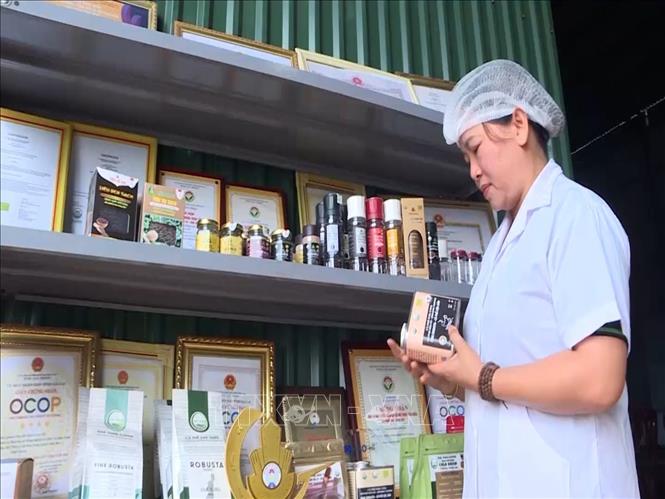
In the context of complex epidemics and increasingly severe climate change, maintaining pepper productivity and quality is becoming a problem without a methodical investment solution for varieties.
Pepper prices are forecast to remain high in the coming time due to the decline in global supply, while world market demand is showing signs of recovery. However, the growth in export value has not led to a corresponding development in seed production. This is the biggest bottleneck in the production chain and is the decisive factor for the sustainable development of the pepper industry in the coming years.
Dr. Phan Viet Ha, Deputy Director in charge of the Western Highlands Agricultural and Forestry Science Institute (WASI), said that currently, the problem of pepper seeds is facing many difficulties. The demand for seeds for new planting, replanting and restoring pepper gardens is very large, but the seed supply mainly comes from small nurseries, of unclear origin, and has not been quality tested. This leads to a situation of floating seeds flooding the market, causing high risks for growers.
Pepper expert in Gia Lai , Mr. Hoang Phuoc Binh, added that the management of pepper varieties is not currently strictly controlled. People often buy varieties through unofficial advertising channels, many varieties are chosen emotionally, not based on scientific basis or testing results. As a result, many newly planted pepper gardens do not achieve the expected yield, and are even attacked by diseases in the first years of cultivation.
Explaining why despite being a billion-dollar export item, quality pepper varieties are still scarce, Mr. Nguyen Quang Ngoc, Director of the Pepper Research and Development Center, said that pepper is a perennial industrial plant, so breeding cannot be done in a short time. To have a new variety recognized and put into mass production requires at least 15-20 years. This process includes crossbreeding, trial planting, monitoring fruiting results, evaluating yield and stability in many consecutive crops. If the variety fails, the whole process must start from the beginning, which is very costly and time-consuming.
The Center has now bred a number of promising pepper varieties, both domestic and imported. However, all are still in the testing phase, and none of them are qualified to be released to the market. The Center has submitted a new variety to the Department of Crop Production and Plant Protection for registration for plant variety protection, expected to be recognized in 2026 and can be commercialized.
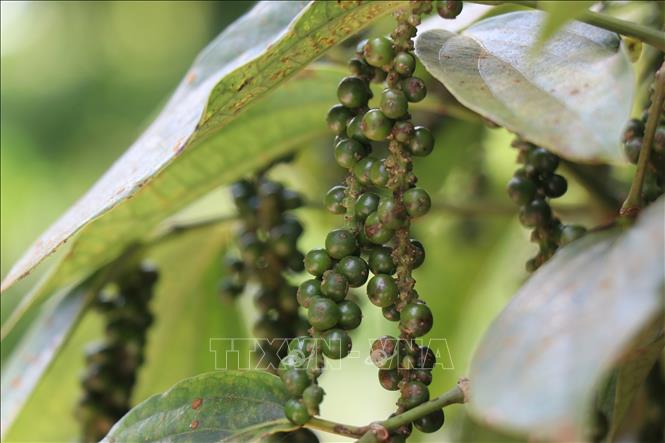
In fact, the Vinh Linh variety - originating from Quang Tri - accounts for about 90% of the pepper growing area in the country. However, this variety has been grown on a large scale for many years, and the potential for improvement in productivity, quality or resistance to pests and diseases is not much left. Meanwhile, people tend to grow their own seeds from their home gardens or buy seeds from private nurseries of unknown origin. This causes a lack of control throughout the production chain and is a big risk when diseases or unusual weather conditions occur.
Mr. Nguyen Quang Ngoc emphasized that to overcome this situation, it is necessary to quickly build primary breeding gardens, ensuring the supply of quality pepper cuttings and eel cuttings, helping to shorten the gap between research - testing and mass production. However, to successfully bring varieties to the market, it is also necessary to change the awareness of pepper growers, because currently many people are still not interested in using certified varieties, due to the fear of costs or not seeing clear results.
In parallel with the research on varieties, WASI is also implementing many solutions for sustainable pepper cultivation. In particular, the model of using living pillars instead of concrete pillars has shown clear efficiency in both economy and environment. Research shows that living pillars help increase the life of pepper gardens by 20-50%, reduce initial investment costs, stabilize productivity and contribute to protecting the soil ecosystem.
Some farming models combining pepper with fruit trees such as avocado and durian have also brought positive results. These models help improve the garden's microclimate, increase humidity, reduce flower drop, increase fruit set rate and reduce the use of fertilizers and pesticides. At the same time, this is also an important direction in reducing greenhouse gas emissions, increasing CO₂ absorption and improving soil organic matter.
Pepper breeding in Vietnam still faces many challenges, requiring perseverance, long-term investment and support from government policies. While the research process is long, market demand has not created a strong enough driving force to accelerate the application and commercialization of new varieties. Without a change in growers' awareness and a clear support mechanism, improving the quality of pepper varieties - a core factor to maintain the position of the billion-dollar industry - will face many difficulties in the coming time.
Source: https://baotintuc.vn/kinh-te/giong-ho-tieu-nut-that-trong-chuoi-gia-tri-ty-do-20251012165506859.htm



![[Photo] General Secretary To Lam attends the opening of the 1st Government Party Congress](https://vphoto.vietnam.vn/thumb/1200x675/vietnam/resource/IMAGE/2025/10/13/1760321055249_ndo_br_cover-9284-jpg.webp)



![[Photo] Solemn opening of the 1st Government Party Congress](https://vphoto.vietnam.vn/thumb/1200x675/vietnam/resource/IMAGE/2025/10/13/1760337945186_ndo_br_img-0787-jpg.webp)


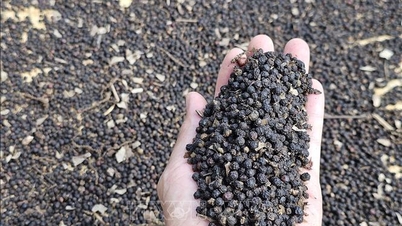
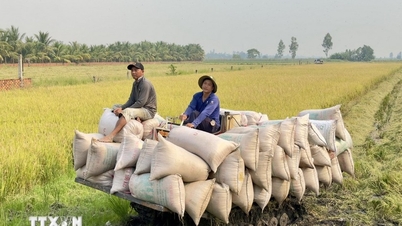




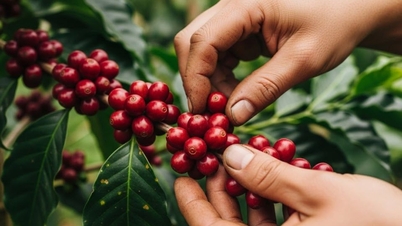


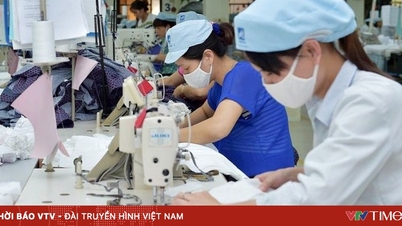


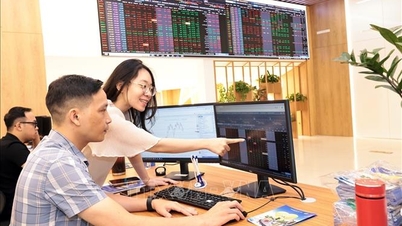
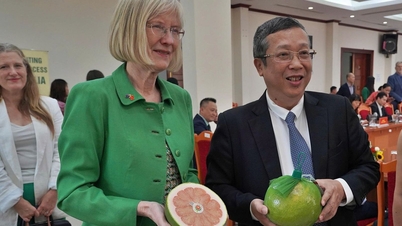




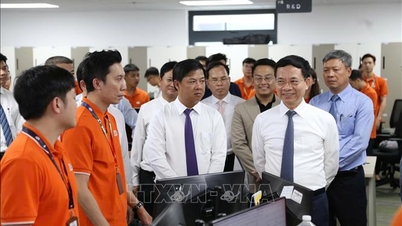
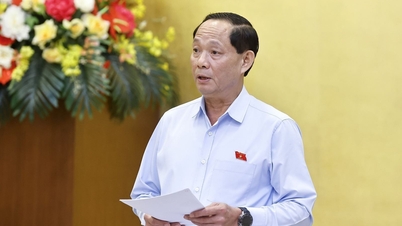


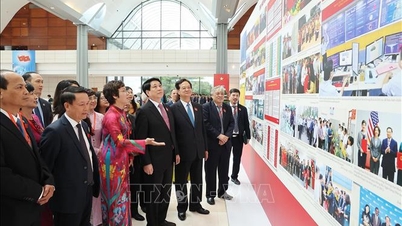

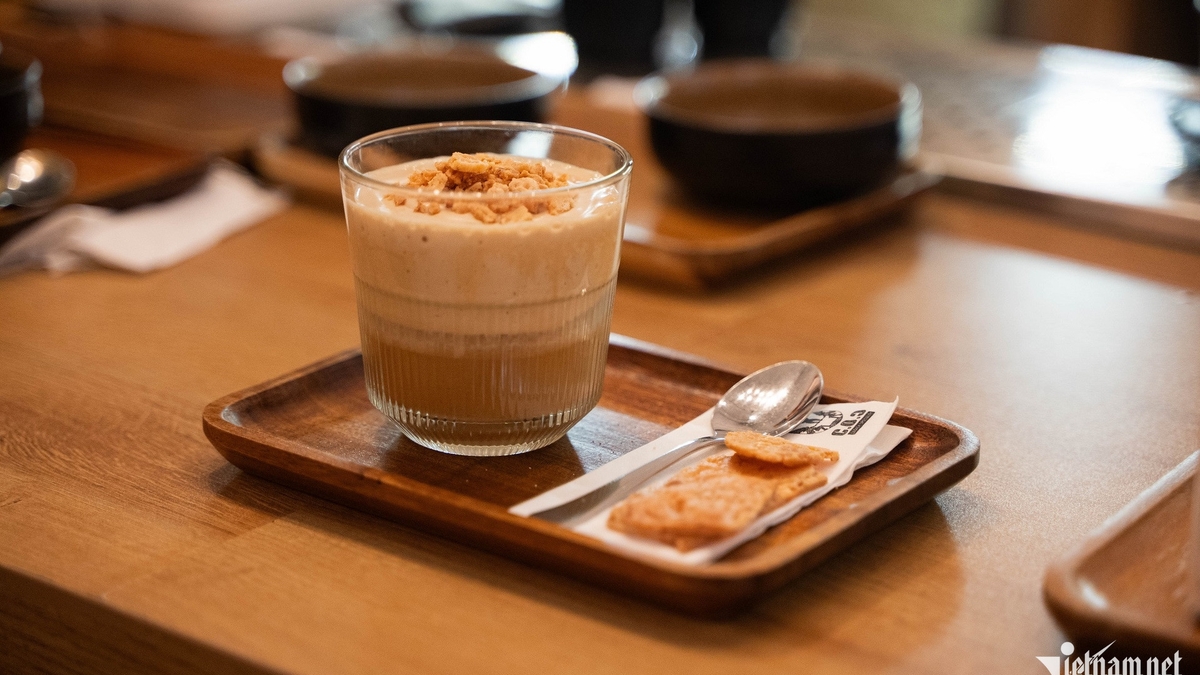

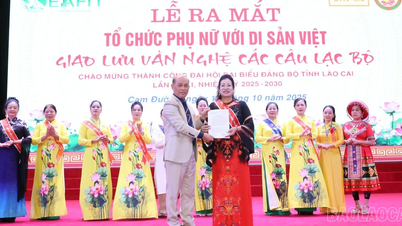

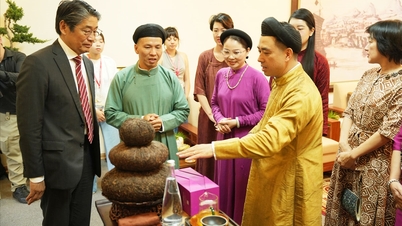






















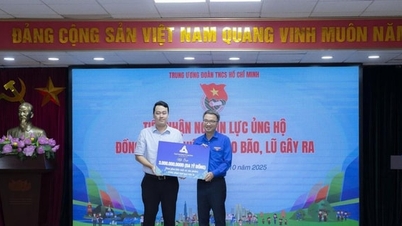

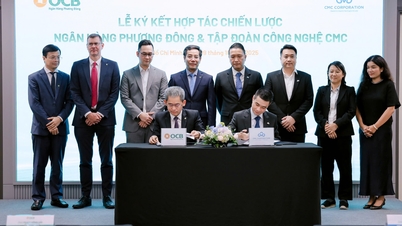










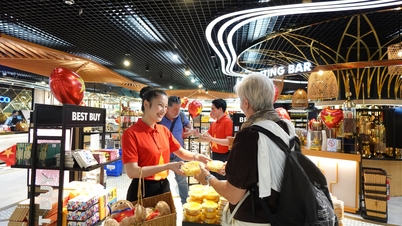





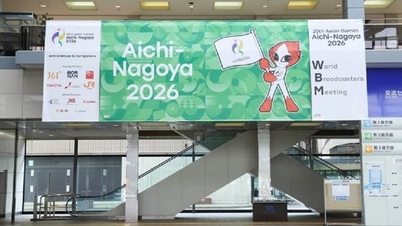




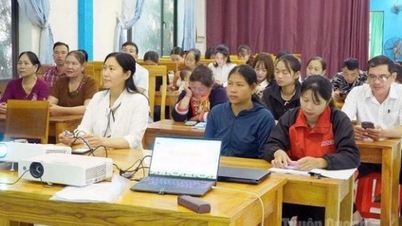

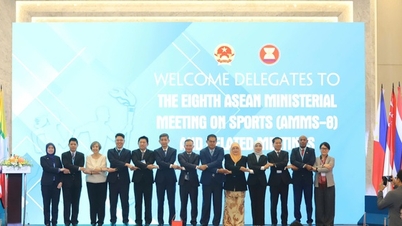
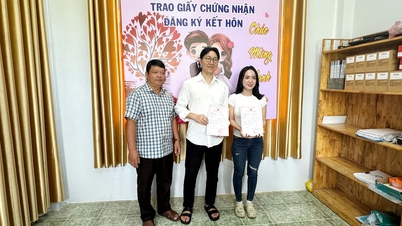

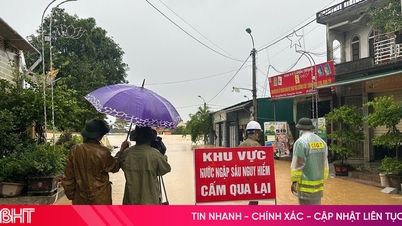


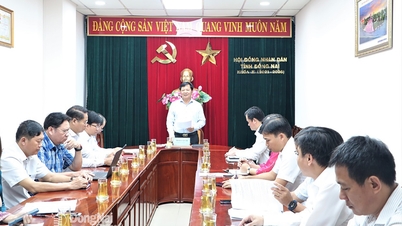

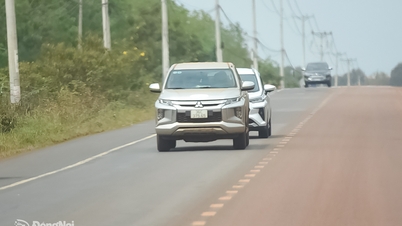














Comment (0)